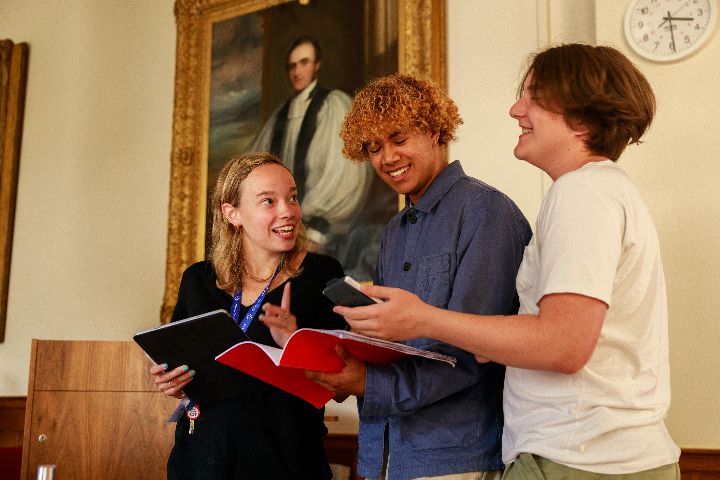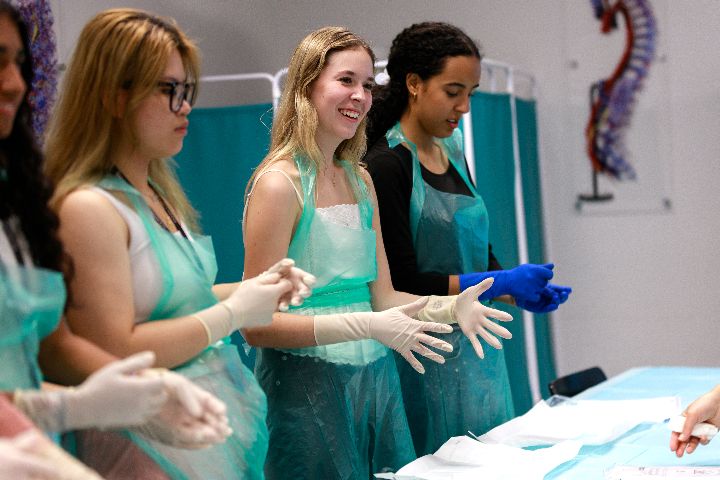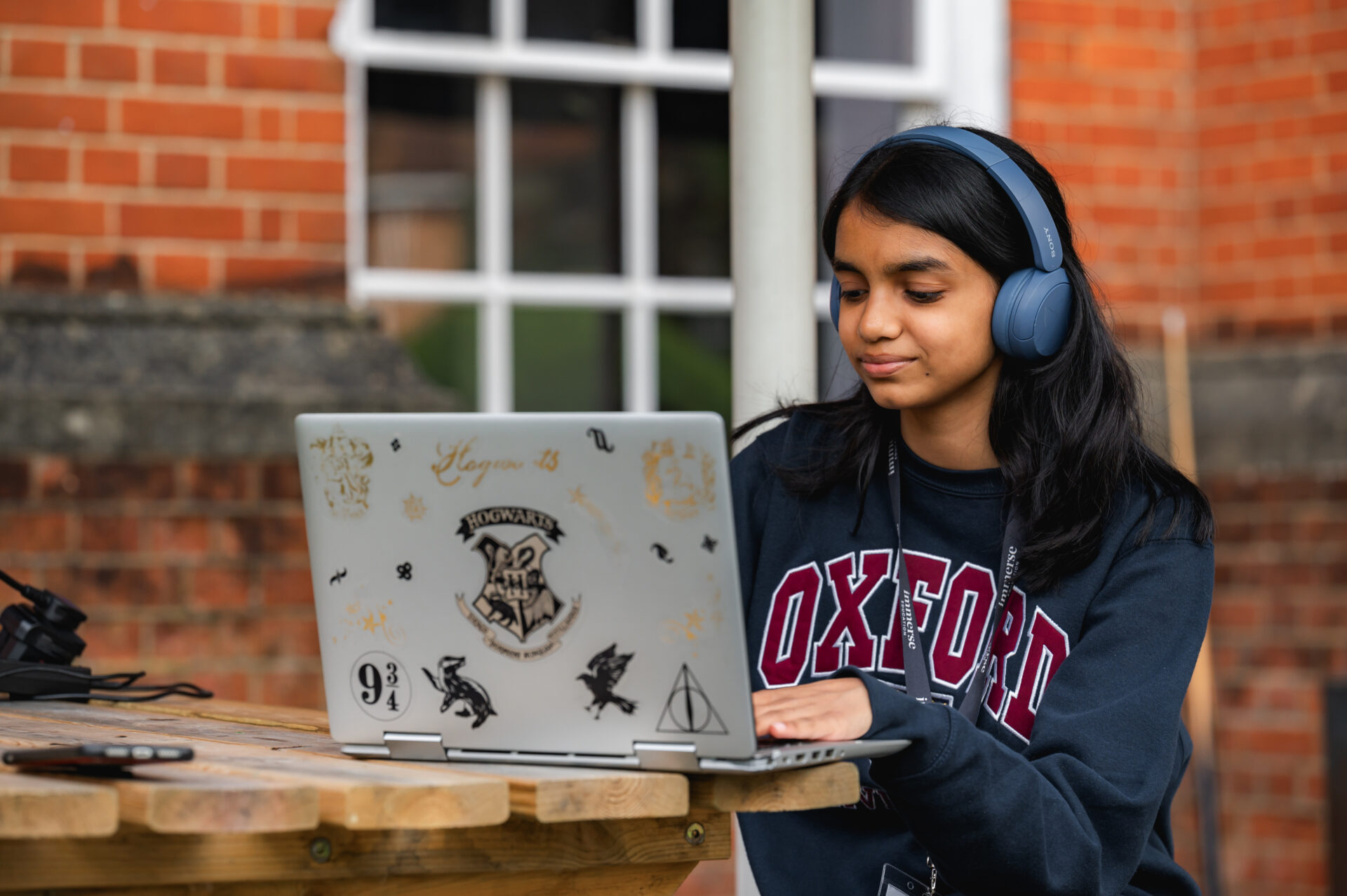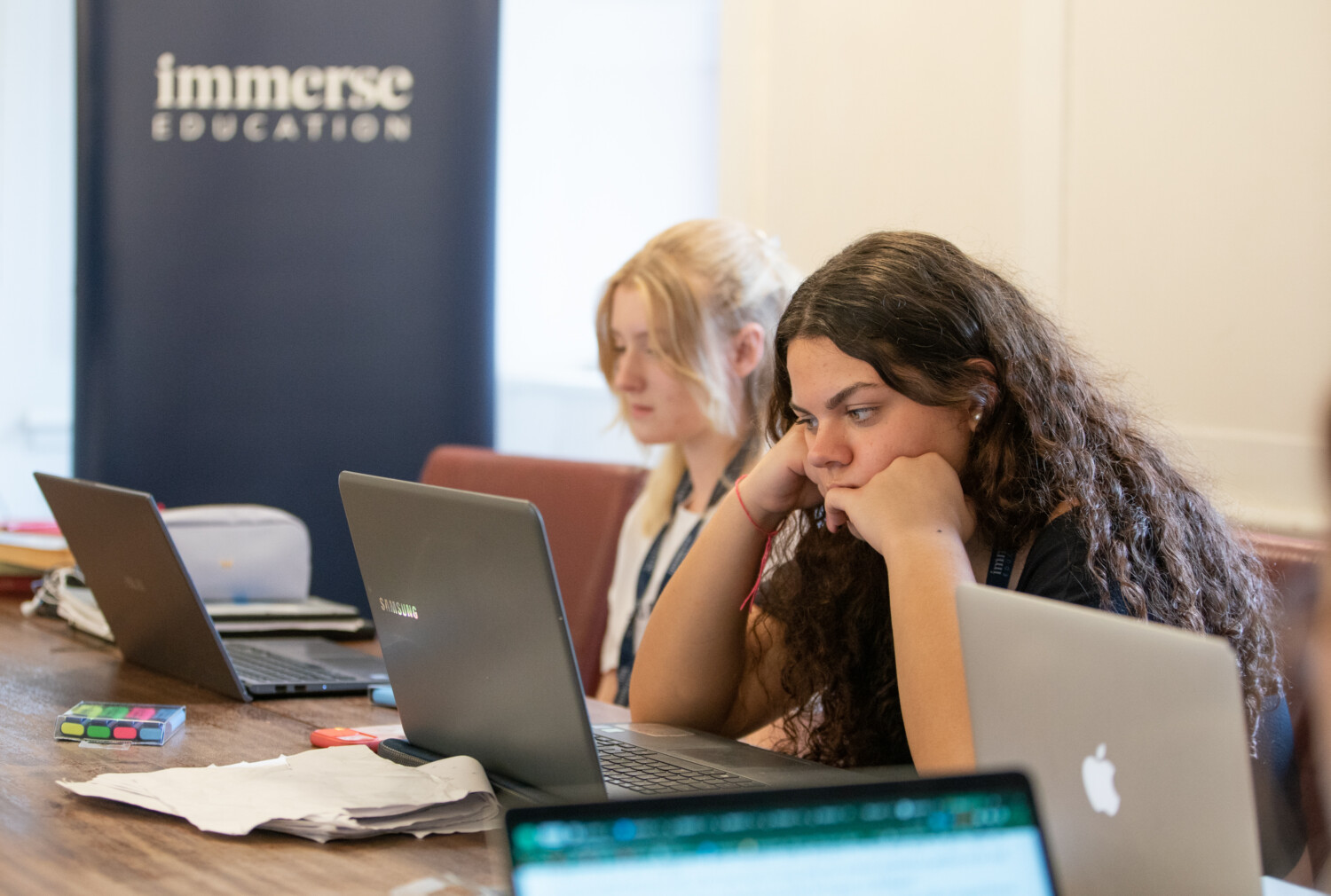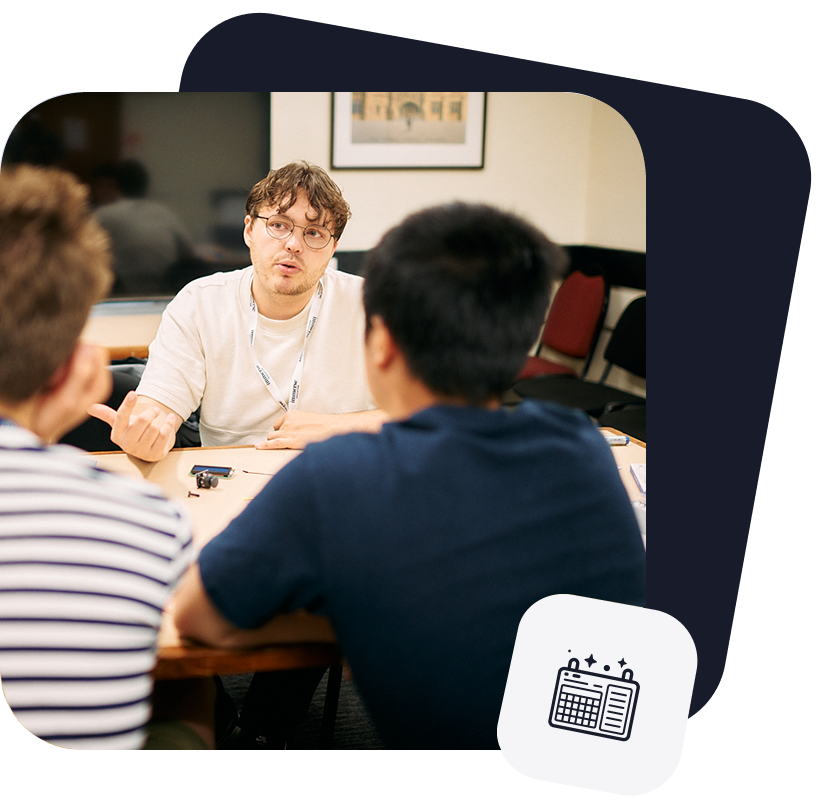You’ve spent so much time planning a fantastic lesson, filled with exciting activities and incredible resources to engage your entire class. But several of the students just don’t get it. You’re confused, you’ve spent weeks planning this great lesson – why is it they still don’t understand the concept you’re trying to teach?
Students, like all of us, make connections themselves. Learning occurs by the brain creating its own meaning and making sense of experiences. Brain researchers distinguish this concept by differentiating between surface meaning and deeply-felt meaning.
Take for example a lesson on Pythagoras’s Theorem. A student who has attained surface meaning may be able to tell you that the square on the hypotenuse is equal to the sum of the squares on the other two sides and that the formula can be used to conduct a simple calculation. They would also likely be able to pass on this information to others or quote it in a game of trivial pursuit.
Deeply felt meaning is contrastingly different and involves students understanding why the square on the hypotenuse is what it is. This type of understanding comes from not a single lesson but several experiences that allow the penny to drop. For example, the student has watched a documentary on what prompted Pythagoras to make the discovery or caught a glimpse of a design programme talking about its importance in architecture. The brain is designed to build patterns and make connections.
It is clear from research on the brain that students create personal connections not by adding up bits of information in a digital manner, but as a perceived organised whole. Biologically, these connections are physical interconnections of neurons, webs, neural fields, and axon-synapse-dendrite networks created by existing neural groups suddenly connected up, like a whole series of light bulbs switched on.
This is why for some, the great lesson will have paid off, it will have been that light bulb moment we pray for in each of our lessons. But for others, the concept you have introduced may have been their first encounter with the concept, or perhaps it is one experience in a series of others that will eventually lead to the inevitable light bulb moment.
In his book, The Teacher’s Toolkit, Paul Ginnis outlines six key reminders for teachers to keep in mind when it comes to building lessons that “stick” based on our understanding of how the brain works.
Encourage students to find things out, and work things out, for themselves

Encourage students to ask questions and guide students to work out the problems and answers for themselves. Some ways you can do this is by having Question Time weaved into your lesson schedule where students are expected to come up with their own questions about a topic (you could employ other students to answer them), or design lessons where students do some Information Hunting (finding answers to a particular question or topic).
Encourage students to articulate “draft ideas”

One of the biggest mistakes we can make as teachers is to expect perfection and negatively criticize “the work in progress”. Getting something off your chest, talking it out, speaking off the top of our heads – these all play a vital role in the process of pattern-making. Our brains also thrive in a social environment and language itself can be developed in this process which makes the dedicated time given to the drafting process even more beneficial. Remind students that messes and mistakes are a part of the learning process and work to establish a learning environment where messy first drafts are always welcome.
Avoid giving students “ready-made meaning”

Pre-drawn maps, ready-made notes, and fill-in-the-gap exercises, all find their way into our classrooms, but are they necessary? These resources can be filed neatly into student folders and give off the impression that work has been done, but they will most likely provide very little deeply-felt meaning. Instead, opt for students to search for ways in which they can create their own meaning, for example, some students prefer Venn diagrams to graphs, and others prefer to create visual notes while others like to build lists. Accepting that all students have a different path to meaning-making is vital.
Come at the same key concepts from different angles in different ways

Building logical and linear steps to attaining a concept or skill will not work for the majority of students in your class. If you want your students to truly “get it”, this will require you to plan a range of lessons and learning experiences that will allow all of your learners to explore the concept in different ways, such as:
- Hot seating “the big idea” (ever had a conversation with the sun?)
- Modelling it
- Writing it
- Drawing it
Some other effective strategies to come at a concept in a different way include:
- Presenting “the big idea” in written and logical form (e.g. a presentation)
- Showing it in the visual form e.g. an engaging video clip/compelling images
- Connecting it to student interests (How does this relate to something your students are interested in or already have connections to?)
- Providing hands-on learning activities (how can the students experience the concept for themselves?)
- Inviting in the senses (experiences that involve touch, smell, taste, sight, and sound, to build stronger memories)
Provide interactive feedback that’s specific and immediate

When your student goes home at the end of the day and jumps on their tablet or computer to play their favourite computer game, they are given instant and precise feedback which allows them to progress through levels quickly. This instant feedback allows them to make decisions fast because they know what to do next. The brain is wired for receiving feedback.
In the classroom, giving each individual student timely feedback can be a struggle, but there are ways to do this to allow for productive learning such as with Think, Pair, Share, where students are expected to provide feedback to each other or by doing Dreadlines where you carry a clipboard around the room with individual deadlines for each of your students to complete a particular task. Once the time is up, go to each student with immediate and precise feedback on their work so they can progress to the next task.
Punctuate learning

Because the brain continues to process information long after it has been presented, it’s important to give students time to process it.
First, much of what we learn cannot be processed consciously; it happens too fast. We need time to process it. Second, in order to create new meaning, we need internal time. Meaning is always generated from within, not externally. Third, after each new learning experience, we need time for learning to “imprint”.
Dr. Eric Jensen, Brain-Based Learning
Having one or two mini-breaks in a lesson might seem to take away time from learning time but what it gives back is often far more than what an additional task or talk could give. Try adding short breaks to your lessons where students can get up and move around and take their attention away from their work.
Conclusion
Deeply-felt meaning is learning that lasts. Encourage students to find meaning for themselves, build an environment where messy-first drafts are welcomed, avoid giving students “ready-made meaning”; teach the same concept from a variety of different angles, provide instant feedback so students can progress and give students mini-breaks to process what they have learnt, and you’ll be well on your way to ensuring students remember what you teach them!
